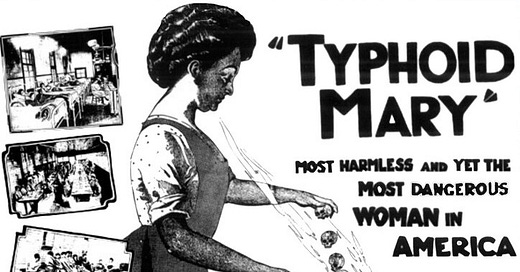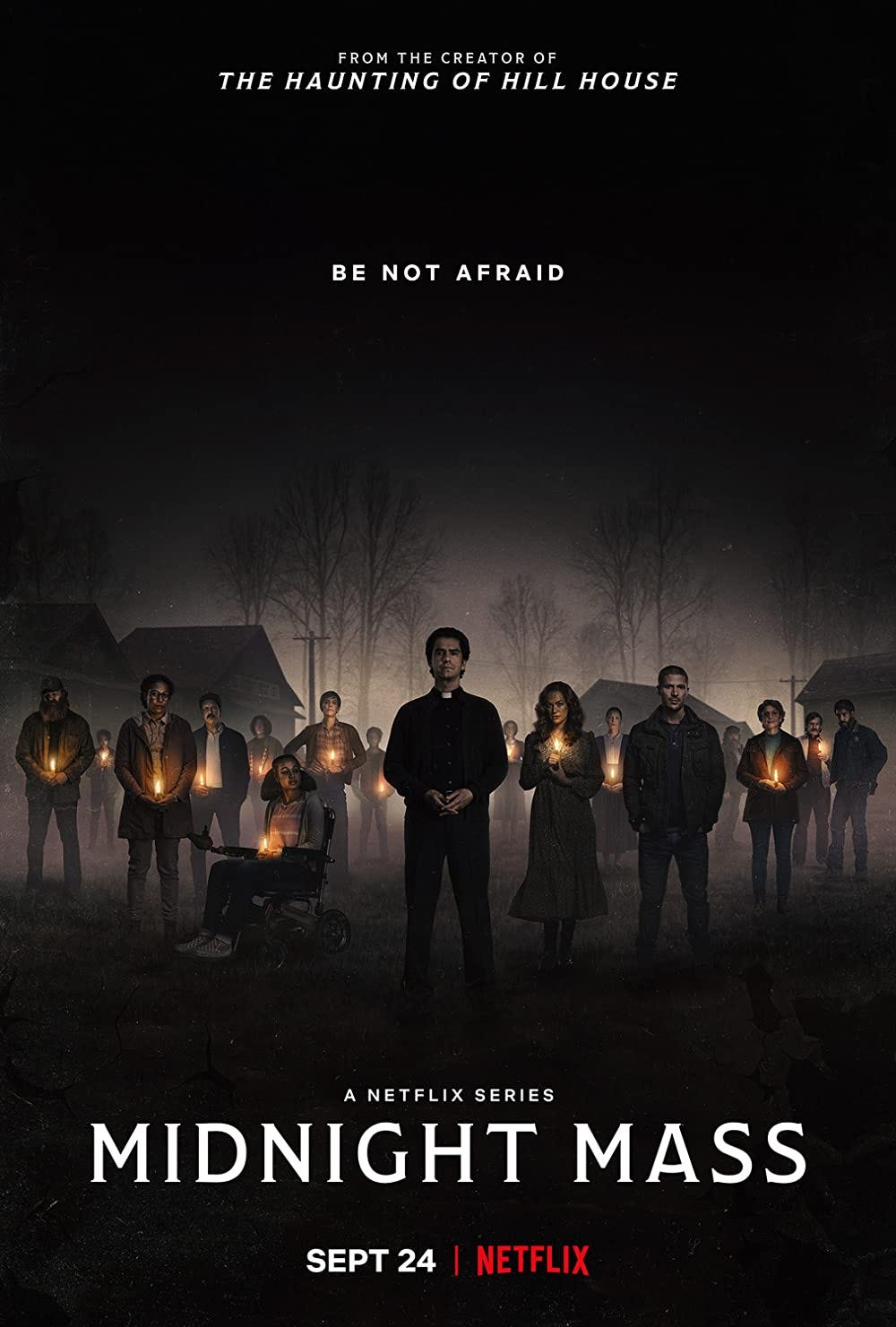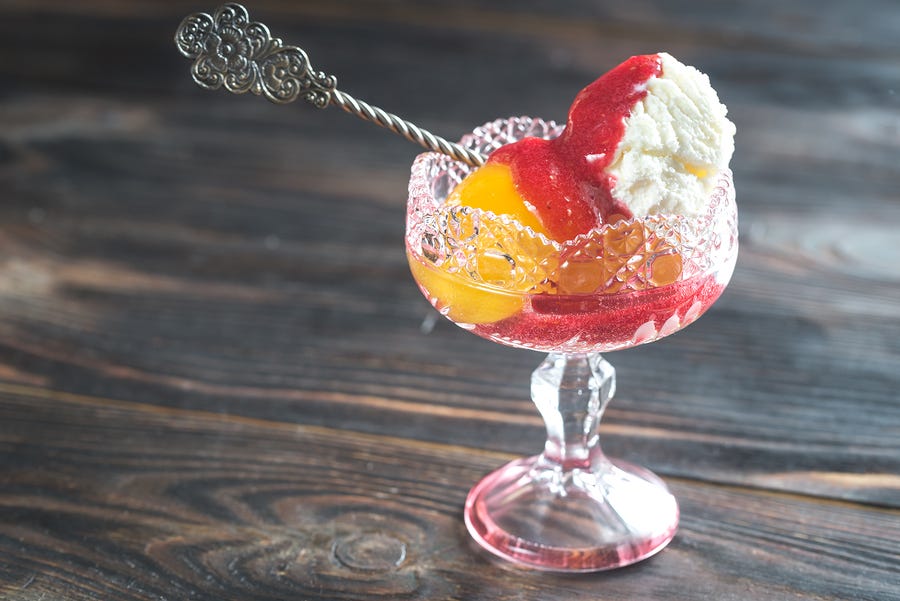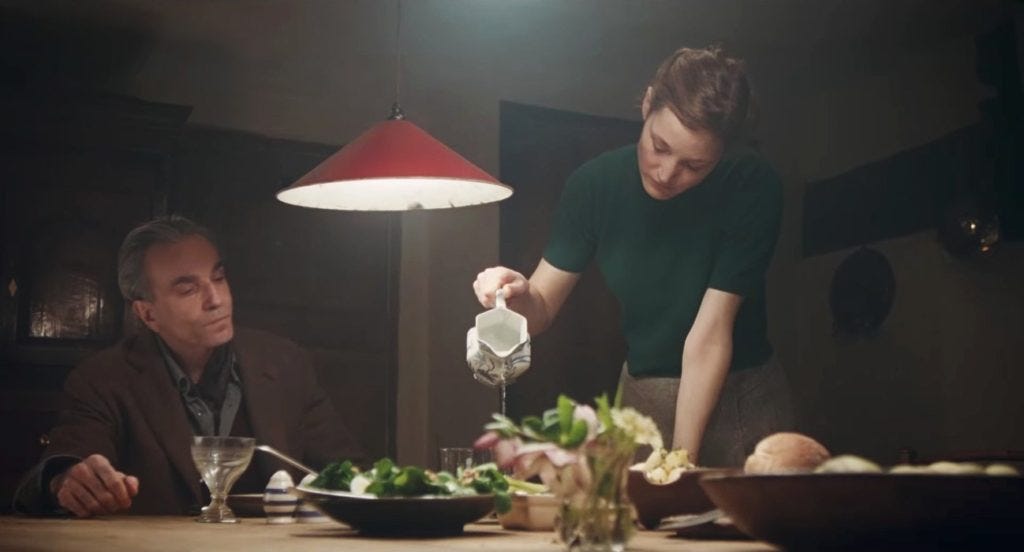Yes my friends, it’s that time of year again. Time for sPoOkY season and me waxing poetic about horror. ~ you’re welcome ~
Everyone has that recurring nightmare trope. Mine is that I am stuck and cannot scream for help—I can’t move my body or my mouth, or if I can, no one can hear me. The more I panic, the less movement or noise I can make. It’s a vicious cycle.
I’ve been thinking a lot lately about horror (and not just because I love spooky season), but because the past 18 months of pandemic seem to have wrought a whole new set of things to fear: quarantine, running out of ventilators, labor shortages, potential economic ruin, seemingly inevitable civil war, the list goes on. Honestly, this seems rife with opportunities for horror writers to play with (although admittedly we’ll need likely a break from pandemic-y content soon).
I’m thinking about this in part because I just finished Mike Flanagan’s latest series, “Midnight Mass.” Like Flanagan’s other near-masterpieces, “The Haunting of Bly Manor” and “The Haunting of Hill House,” his latest series is about grief, particularly the grief that comes along with community economic ruin.
“Midnight Mass” is about a very particular kind of fear: that we might be stuck in an everlasting loop of labor, economic downturn, inherited trauma, addiction, and diminishing faith. It’s about the anxiety inherent in a community that is falling apart. An island town is slowly decimated; the community’s long, drawn-out nightmare only accelerates when supernatural elements arrive on its shores.
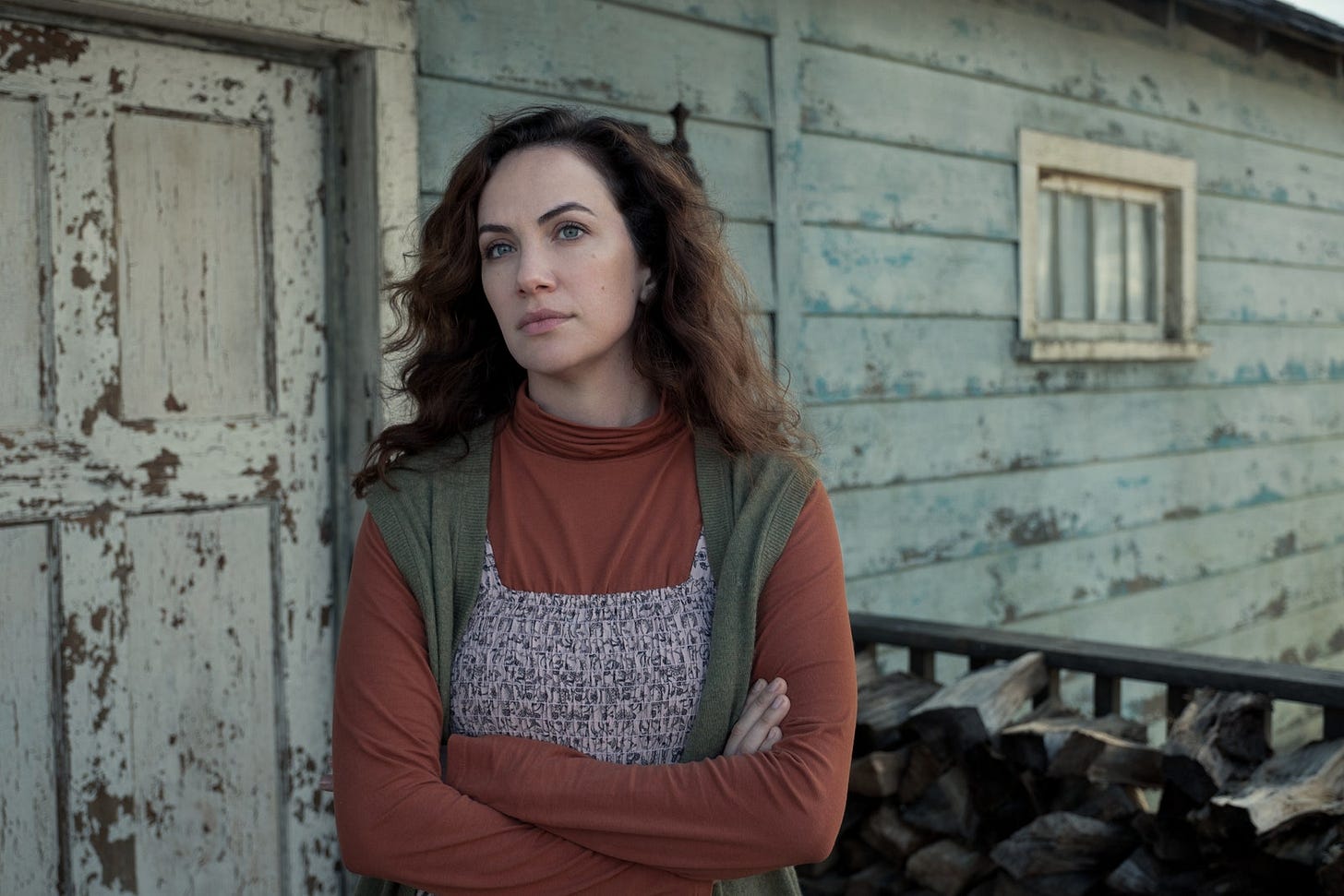
Flanagan is especially skilled at writing and directing horror shows that are equal parts emotionally intelligent and scary, with enough jump scares to unsettle you and enough psychological thrills to make the story stick in your mind long after the show is over. He takes inspiration from horror master writers like Shirley Jackson and Henry James as frameworks for contemporary stories. After all, why make up a nightmare when we already have deeply unsettling tales to draw from?
But given the many new nightmarish horrors of the pandemic, I have a free idea for his new scary movie or show or whatever: the asymptomatic carrier.
Stay with me now. What have we all feared most these past nearly two years? What have we been most anxious about? Besides just getting sick ourselves, we’ve feared getting others sick too.
The asymptomatic carrier is a version of the bodysnatcher—a body co-opted by something alien and sinister, a vessel for something we view as “evil,” wreaking havoc on those around us. Haven’t all of us had nightmares about accidentally making our loved ones sick or, even worse, killing them via exposure to COVID-19?
In a world where the asymptomatic carrier is the scariest thing one could be, why not revisit the story of Typhoid Mary? After all, what’s scarier then a true story?
Mary Mallon, nicknamed “Typhoid Mary,” was an Irish immigrant, cook, and involuntary, asymptomatic carrier of typhoid fever living in New York at the turn of the twentieth century. At least three deaths by typhoid have been attributed to her. It is said that her famous homemade peach melba ice cream—a special recipe using fresh seasonal peaches—was most likely how she accidentally spread typhoid to the families she served.
Mary was first quarantined in 1907, but not without a fight. The details of how Mary tried to escape from public health officials, as well as her ability to convince other families she worked for before she was caught, has become the stuff of legend.
But I genuinely think that a horror movie or series that’s sympathetic to Mary (a la last year’s “Ratched”) could encapsulate the horror of our own moment. Contrary to how she was portrayed at the time, Mary was an immigrant who had little to no family or security in a brand new country. The media twisted her story with the kind of sensational xenophobic rhetoric we still see regarding immigrants today. And her eventual long-term sequestering on North Brother Island is the kind of death sentence no one would wish for, then or now. Perhaps nowadays we could relate to the terror of quarantine isolation even better post-COVID: after all, her story is proof of our own nightmares come true.
I’m already imagining Kate Siegel as Mary Mallon. She’s got that glint in her eye that I’d envision Mary had. She has plenty of experience with dark, complicated characters. And hell, I think she could play a real-life haunted person and do it well.
Horror films are always a reflection of collective social anxieties at the time in which they were made: Rosemary’s Baby and The Exorcist were in response to the 1960s countercultural upheaval; The Silence of the Lambs is a reflection of late 80s/early 90s ideas about stranger danger and murderers hiding in plain sight (although the film is not without its problems); 2014’s It Follows can be read as an examination of anxiety around sexuality and sexual freedom; 2017’s Get Out is a reflection of fears and tensions surrounding racial violence and police brutality (still an ongoing source of real-life terror); the list goes on.
Sometimes peering back into the past helps us get a sense of what we’re actually reckoning today, and so much of what we fear is what Typhoid Mary experienced: inadvertent murder, infinite quarantine and isolation, media frenzies, the loss of our livelihoods and ways of life due to forces outside of our control that we don’t fully understand.
Hell, even the anti-vaxxers could get into this—the government’s public health officials don’t exactly come off as particularly noble in this story. Isn’t their worst nightmare that our government would force everyone who isn’t vaccinated to be quarantined forever against their will?
I don’t have screenwriting credentials, so consider this a free-ish idea for someone in the film world (gimme a creator credit or something, I don’t know how this works). This is a premise for a horror movie that we likely don’t need, but perhaps it is the film we deserve more than any other right now.
Mike Flanagan, please, take this idea and run with it.


